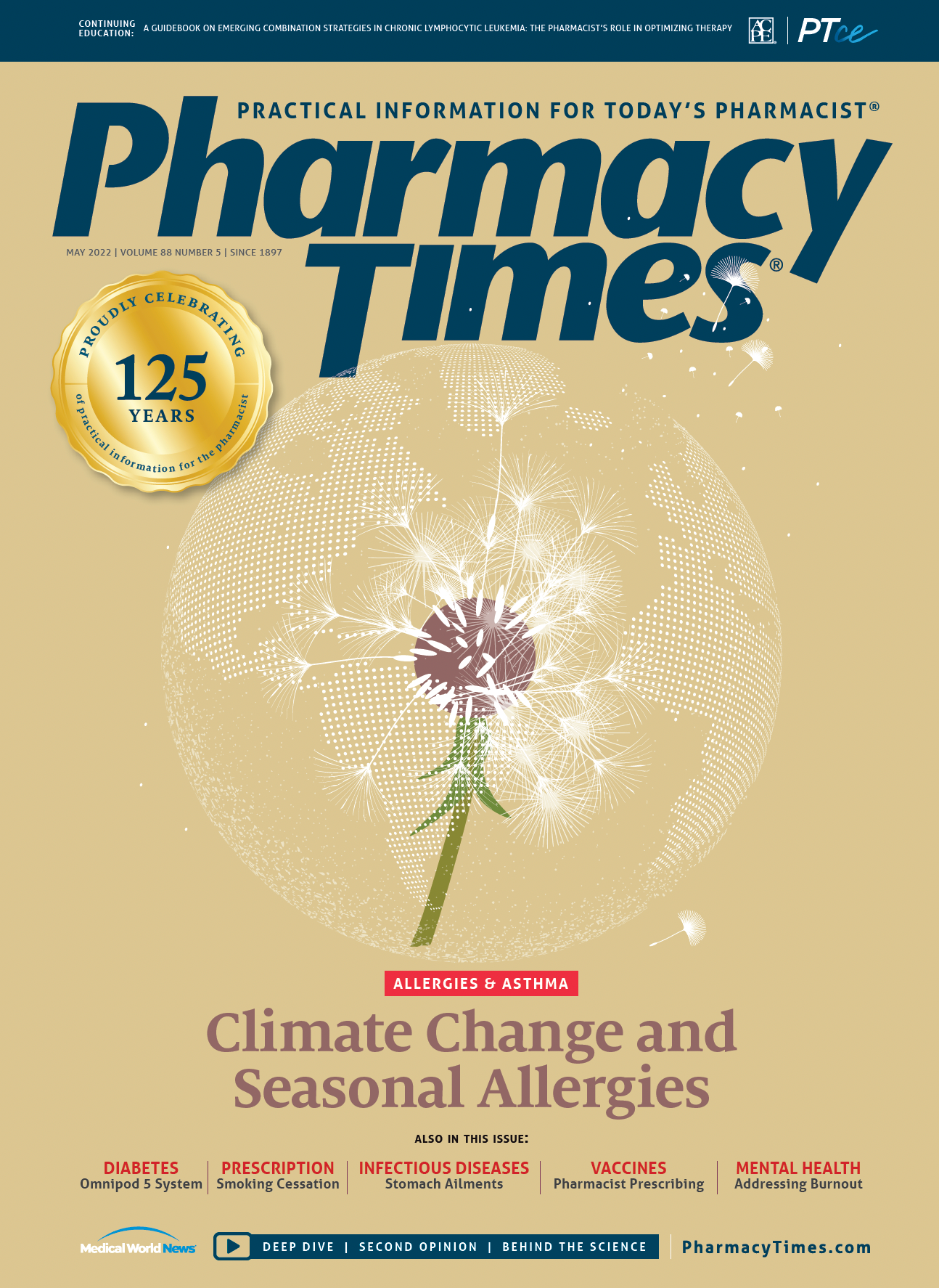Publication
Article
Pharmacy Times
Don’t Panic! Stockpile OTC Medications Mindfully
Author(s):
Educate patients about how to purchase and store medical products without hoarding resources.
The COVID-19 pandemic lockdowns exposed how vulnerable Americans are when it comes to having items on hand for their health and well-being, with empty shelves, frantic shoppers, and long checkout lines.
Panic buying is a reactive instinct to protect oneself and family in times of adversity. Panic buying large amounts of items can be costly and wasteful and is irrational. It is harmful to the community when individuals hoard resources.
Stockpiling, however, is a proactive and rational buying process. Extra items are bought over time and set aside for a time of crisis. Stockpiling is about collecting items that are needed to stay happy and healthy in unfortunate circumstances. When stockpiling, many factors should be considered before purchases are made, such as the quantity of items needed, rotation of stock, stability of these products, and storage requirements.
The same considerations go into stockpiling medications but also include how often a certain medication is used, whether it is appropriate for everyone in the home, whether more than 1 strength is necessary, and how to properly dispose of outdated products.
A cold or influenza can keep sick individuals at home for a few days, but a natural disaster may make going outside difficult or impossible, and an extended lockdown can confine individuals to their homes for weeks or months. Having the necessary items on hand to stay healthy is imperative.
However, stockpiles require an investment of money and attention. Every item needs to be bought, stored, rotated, and disposed of appropriately. Some items will be wasted if they are not used before the expiration date.
If done properly, stockpiling OTC medications does not affect the community in the way that panic buying does. Slowly obtaining items over months or years will not cause a shortage of products and leave those in need without.
How to Stockpile
Stockpiling is not a one-size-fits-all situation. Consider the needs of each member of the household, including pets, to determine which medications to have on hand and how much of each. It is a good idea to add a little to the number needed for sharing with extended family and friends.
Consider the stability and time until breakdown of chemicals or items. Many OTC medications come in several dosage forms, including caplets, capsules, liquids, powders, soft gels, and tablets. Solid-dosage forms are usually more stable and last longer than liquid-dosage forms.
Boosting the grocery budget by as little as $5 per month can provide the money to buy items for the stockpile. Continue until the stockpile is satisfactory, then replace items as they are used. Rotating stock is particularly important. Items with the soonest expiration date should be used first, and those with the latest expiration date used last. The last item bought may have a closer expiration date, so check dates often.
All medications should be stored out of reach of children and pets, preferably in a locked space. Medications should be stored in a cool, dark, dry place such as a box in a cabinet or drawer or in a closet. Don’t keep medications in the bathroom— the heat and moisture from the shower, bath, and sink may damage them. Some OTC medications require refrigeration. Medications should always remain in the original container with the original labeling.
Here are some OTC medications and products to stockpile:
• Medications such as cetirizine, diphenhydramine, fluticasone nasal spray, and loratadine to help relieve allergy symptoms
• Analgesics and antipyretics such as acetaminophen, aspirin, ibuprofen, and naproxen to relieve fever and pain and decrease inflammation
• Cold and cough products such as chlorpheniramine, dextromethorphan, guaifenesin, oxymetazoline, and pseudoephedrine
• Ear drops to remove ear wax and relieve swimmers’ ear
• Eye drops for allergies, dry eye, or redness
• Feminine products, including medications to relieve menstruation symptoms, miconazole antifungal, nonprescription birth control
• First aid products such as alcohol, bandages, gauze, and hydrogen peroxide
• Meclizine to relieve motion sickness and vertigo
• Medications for constipation, diarrhea, heartburn, and an upset stomach, such as famotidine, glycerin suppositories, loperamide, omeprazole, and polyethylene glycol
• Minerals, supplements, and vitamins
• Topical products such as calamine lotion or hydrocortisone for itching, clotrimazole for athlete’s foot, diclofenac for pain, and triple antibiotic for infection prevention
Pharmacists' Role
Pharmacists should counsel patients about the safe way to stockpile, rotate, and store OTC medications. Steering patients clear of panic buying and guiding them toward a gradual stockpile will help both them and their community.
About The Author
Kathleen Kenny, PharmD, RPH, has more than 25 years of experience as a community pharmacist. She is a freelance clinical medical writer based in Colorado Springs, Colorado.

Newsletter
Stay informed on drug updates, treatment guidelines, and pharmacy practice trends—subscribe to Pharmacy Times for weekly clinical insights.





